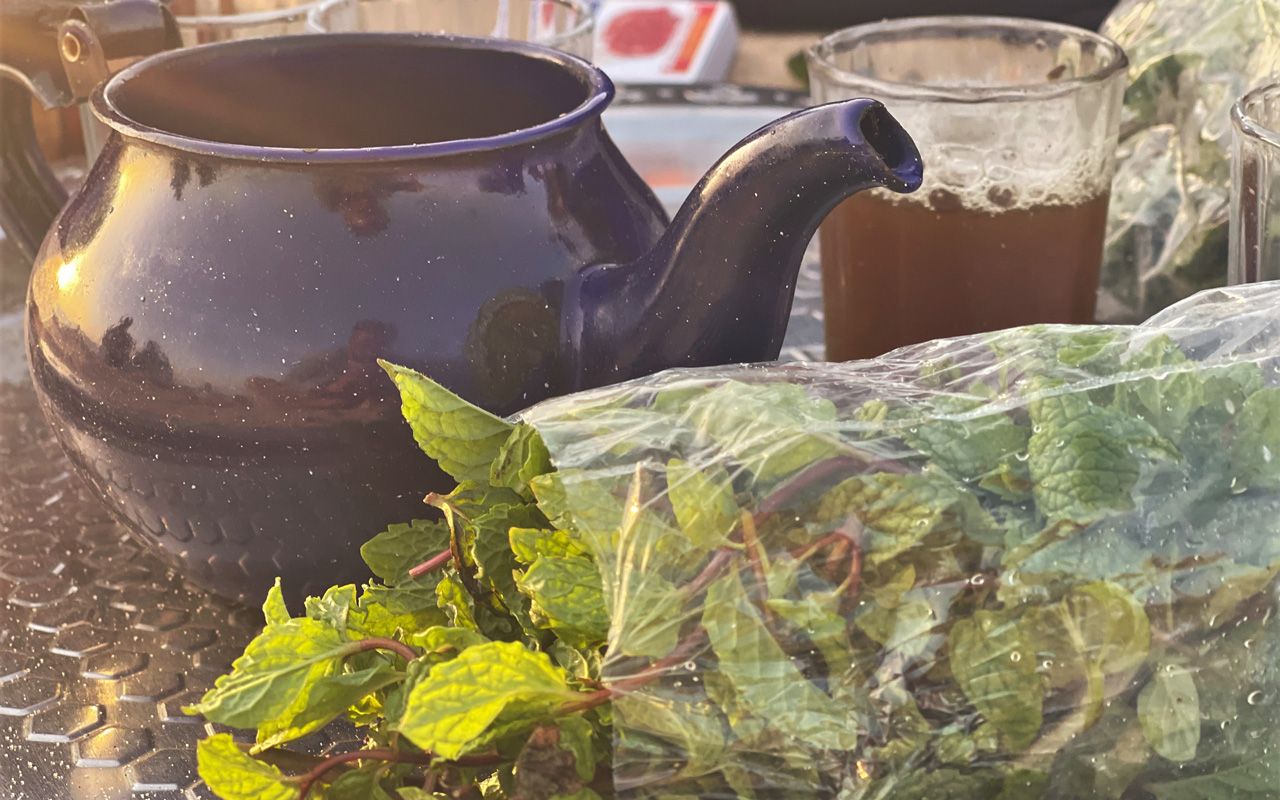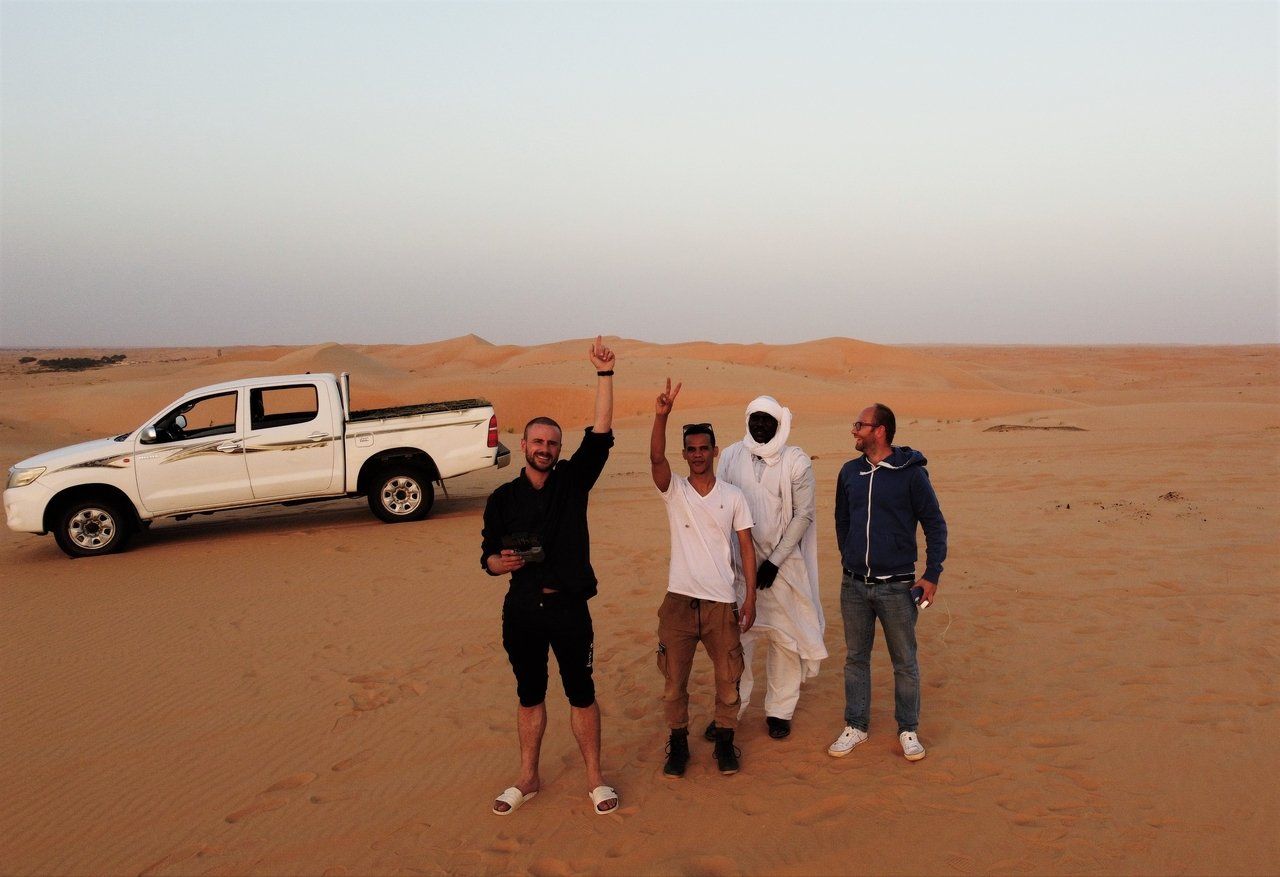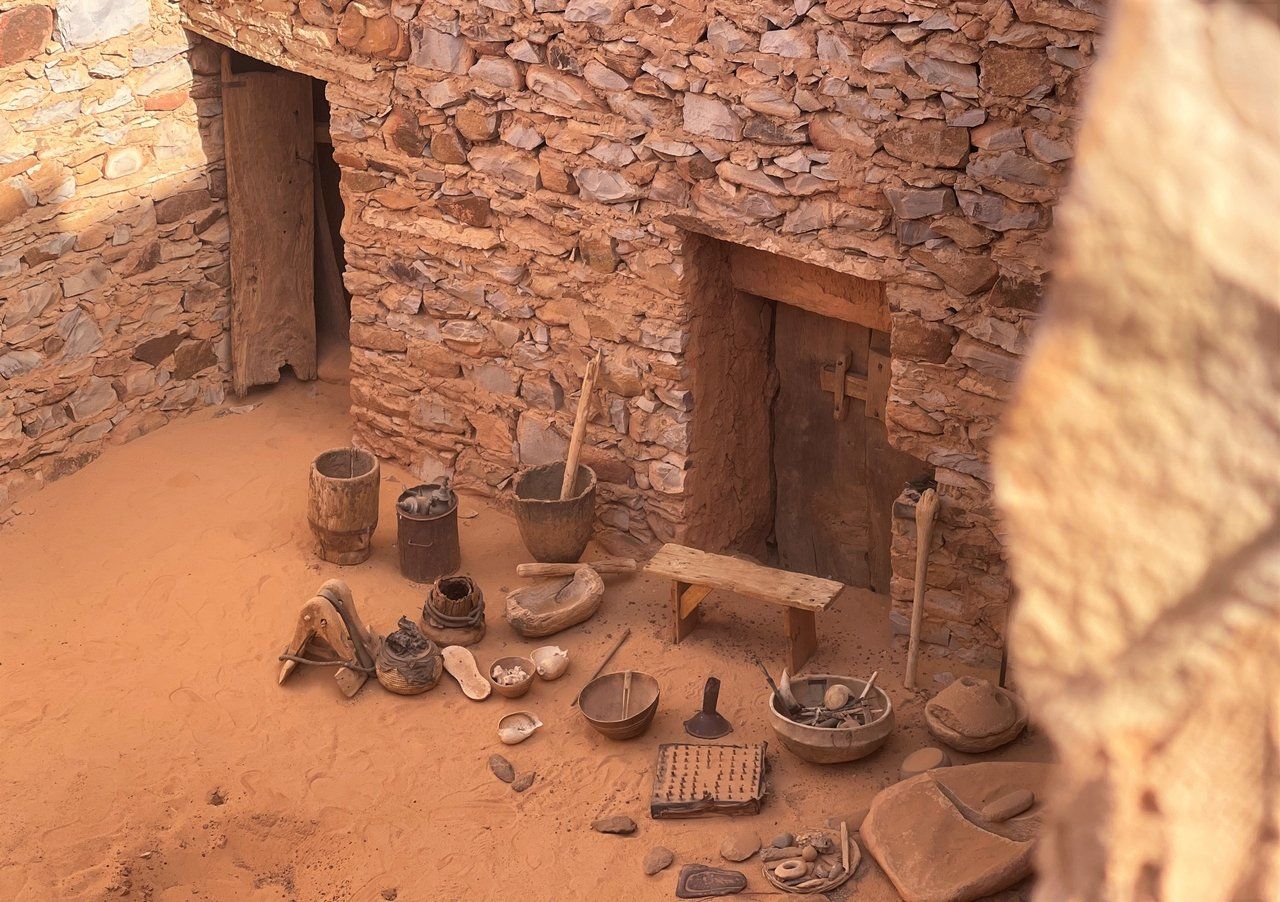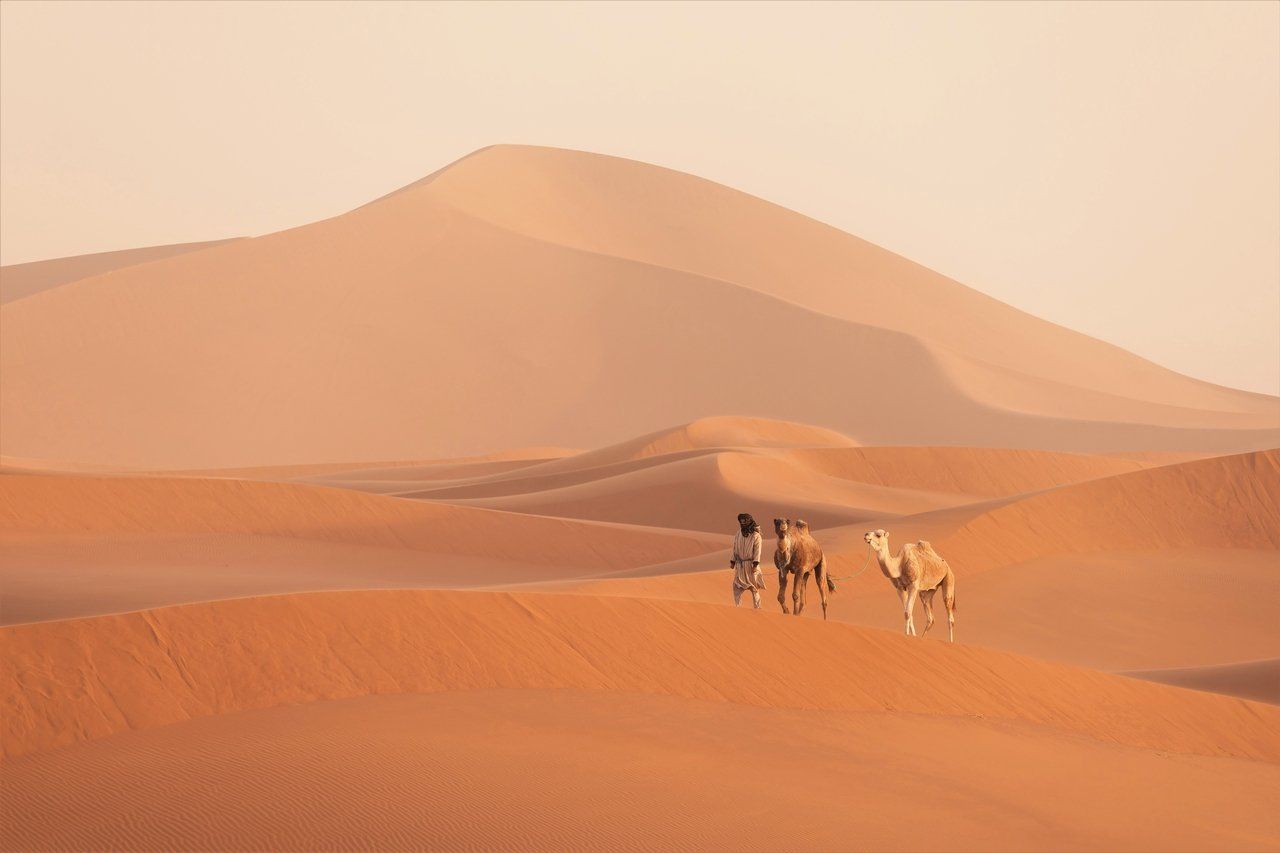The Aoukar Depression is a natural area in the extreme south of Mauritania that spans several administrative regions. The depression borders the Tagant Plateau to the north and Mali to the south and gives its name to the two regions Hodh el Gharbi and Hodh el Charqui, which are simply called the Eastern and Western Basins. From 1700 to 400 BC, a lake existed at this location, and people lived on its shores for centuries until its drying out. Numerous traces of the settlement can still be found today. The ruins of what are believed to be the most important cities of the Ghana Empire - Koumbi Saleh and Aoudaghost - lie in or near today's depression, as do the modern cities of Kiffa, Ayoun el Atrous and Tintane. Mauritania's perhaps most beautiful city, Oualata, borders the area to the east. Until the 1980s, African elephants still lived in the related Affollé Mountains. But are they really extinct? Who knows? For decades, West African crocodiles were also considered extinct in Mauritania until they were rediscovered in 1999. It is also possible that the nearly extinct Mendes antelope still occurs sporadically in the area. Two of our tours pass through the Tagant region and parts of the Aoukar Depression. Due to the variety of historical and natural sights, they are worth exploring. Due to the distances to be covered, we recommend a two-week tour.




